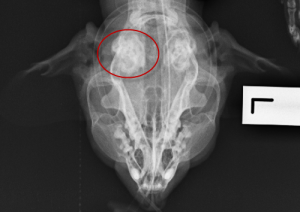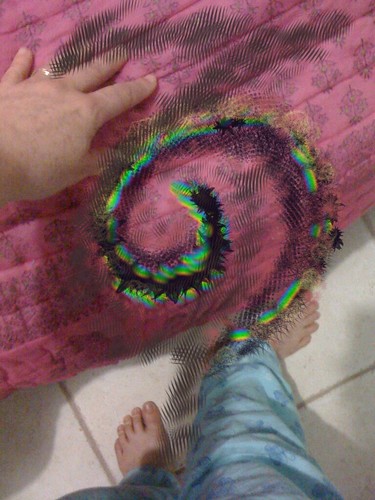“I’m so postmodern I make my muffins out of milkshakes” … so sings Mr8 tonight…
We are teaching our boys to cook. Every Sunday is “Kids in the Kitchen” when they cook dinner. The week before, they plan the meal and work out what ingredients they will need and arrange their shopping list for our weekly grocery shop. They go to the Farmers’ Markets on Sunday mornings and buy any fresh ingredients they will need. One parent is on cooking duty for the weekend, so works with the kids to plan what they need to do and help them cook it. Bit by bit the kids are making more decisions and doing more meal preparation each time.
Somehow it has evolved into one kid doing the main meal and the other doing dessert.
Mr8 wanted me to blog the recipe for our Milkshake Muffins. We make a fantastic lunchtime banana smoothie that includes dates, sunflower seeds, walnuts, yoghurt and Milo. Two days ago we speculated whether we could use it as the basis of muffins, so tonight was experiment night.
The world’s best muffin recipe book is Esther Brody’s 500 Best Muffin Recipes , so we adapted her Banana Bran Muffins on p.28. Actually only 5 ingredients are the same… All measurements are metric.
Postmodern Milkshake Muffins
Makes 30 – 36 muffins
- 1/2 cup granulated sugar
- 1/2 cup brown sugar
- 1 cup olive oil
- 3 eggs
- 2 TBSP Milo
- 1 1/2 cup mashed banana
- 1 1/2 cup milk
- 1/2 cup plain yoghurt
- 1 1/2 cup instant oats
- 1/2 cup dates unchopped
- 1/2 cup dates chopped
- 1/2 cup walnuts unchopped
- 1/2 cup walnuts chopped
- 1/2 cup sunflower seeds
- 2 cups white plain flour
- 1 cup wholemeal plain flour
- 3 tsp baking powder
- 3 tsp baking soda
- 1 tsp salt
- Grease three muffin trays
- Preheat oven to 190 degrees C (350 degrees F)
- Combine granulated sugar, brown sugar and oil in a bowl.
- Beat in eggs, one at a time.
- Use a foodprocessor to combine the 1/2 cup unchopped dates, 1/2 cup unchopped walnuts, banana, milk, yoghurt, sunflower seeds and Milo.
- Add the milkshake mixture to the egg/sugar mixture.
- Add the oats
- In another bowl combine the flour, baking powder, baking soda and salt. Add to the banana mixture; stir until ingredients are just mixed. Do not overmix. Fold in chopped dates and walnuts.
- Spoon batter into prepared muffin tin, filling to the top.
- Bake in preheated oven for 15 to 20 minutes.
The “Postmodern” in the title comes courtesy of Amanda Palmer and Neil Gaiman programming Rage on ABCTV today and playing the Bedroom Philosopher’s I’m So Postmodern this morning. It is a little odd to hear our two boys running about the house singing “I’m So Postmodern …”:
Post number 12 for #blogjune 2011









